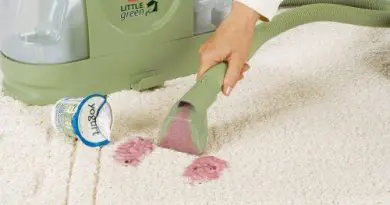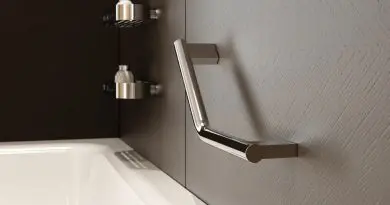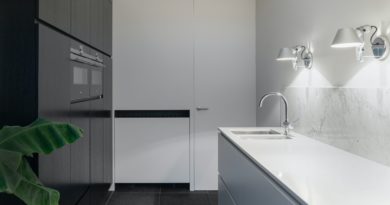How Do I Clean Black Mold in Shower Silicone?
**Articles may contain links that I earn compensation for if clicked and you make a purchase. As an Amazon Associate, I earn from qualifying purchases. These earnings do not actually impact the price of the product or service.
Black mold can be an unsightly, even dangerous, problem in your bathroom. If you have it in your shower, you might be tempted to rip out the shower caulk and replace it. However, this isn’t the proper way to clean black mold from shower silicone.
If you take the right precautions and prepare properly, getting rid of black mold on bathroom sealant will be a snap. Fortunately, you can kill mold using baking soda mixed with white vinegar, hydrogen peroxide, or bleach.
Mold is a major health risk as it can make you sick and wipe out your family’s household finances if you don’t take care of it. This article is for you if your bathroom has a visible mold problem. We explore the steps you can take to get rid of black mold in shower caulk and how to prevent mold growth.
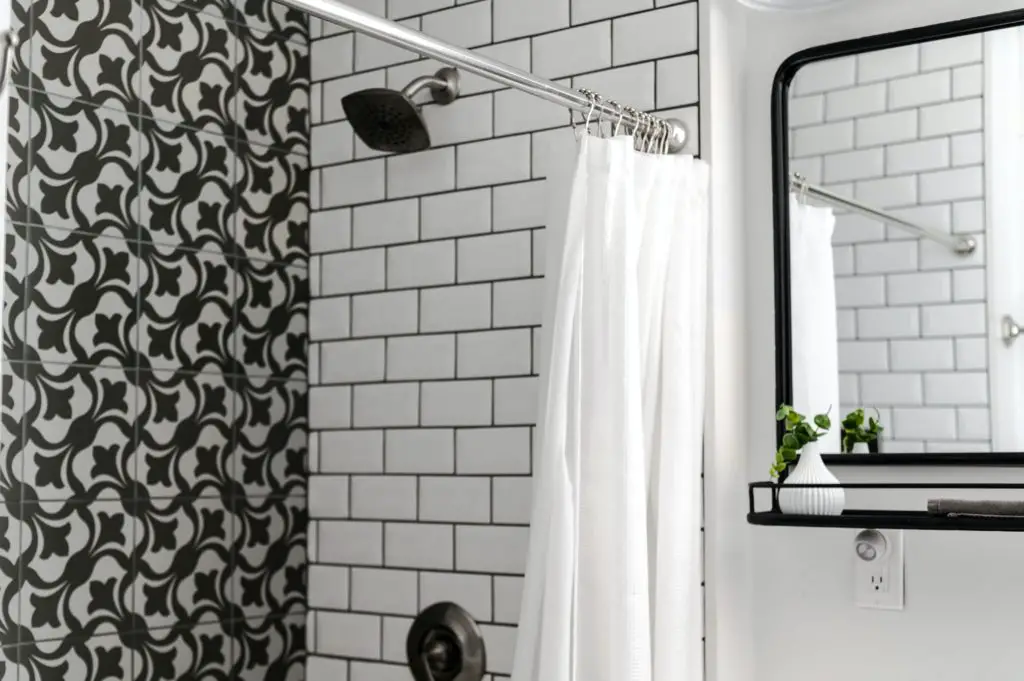
Items You Will Use to Remove Mold From a Shower Caulk
- White distilled vinegar/bleach/Hydrogen Peroxide
- Baking soda
- Paper towel/wet sponge
- Stiff-bristled scrubbing brush
- Water
- Plastic wrap
How Do I Clean Black Mold in Shower Silicone?
Generally, the presence of black mold in your shower indicates a serious problem that needs immediate remedy. Luckily, you can clean black mold off shower caulking using a few simple steps:
-
Turn Off the Water Supply
Before you start cleaning, turn off the water supply. If your showerhead is removable, remove it from its holder. You want to make sure that the area around the showerhead is dry before proceeding with cleaning.
If any moisture remains on the wall or floor, do not proceed until it has evaporated completely. Wet surfaces can cause severe burns when exposed to hydrogen peroxide.
-
Wear Protective Gear
You’ll need some protective gear when cleaning black mold in your shower. Ensure you wear gloves and your face mask, as it is especially important if you have allergies or asthma. Consider wearing clothes that you don’t mind getting wet as you don’t want stray droplets of bleach on your clothing.
-
Mix Bleach / Vinegar and Baking Soda
Mix bleach/hydrogen peroxide/white vinegar with baking soda in a plastic bowl. You can utilize normal baking soda for this step.
The mixture ought to be nearly as thick as cake batter. Still, it shouldn’t be an extra diluted solution or too thick.
-
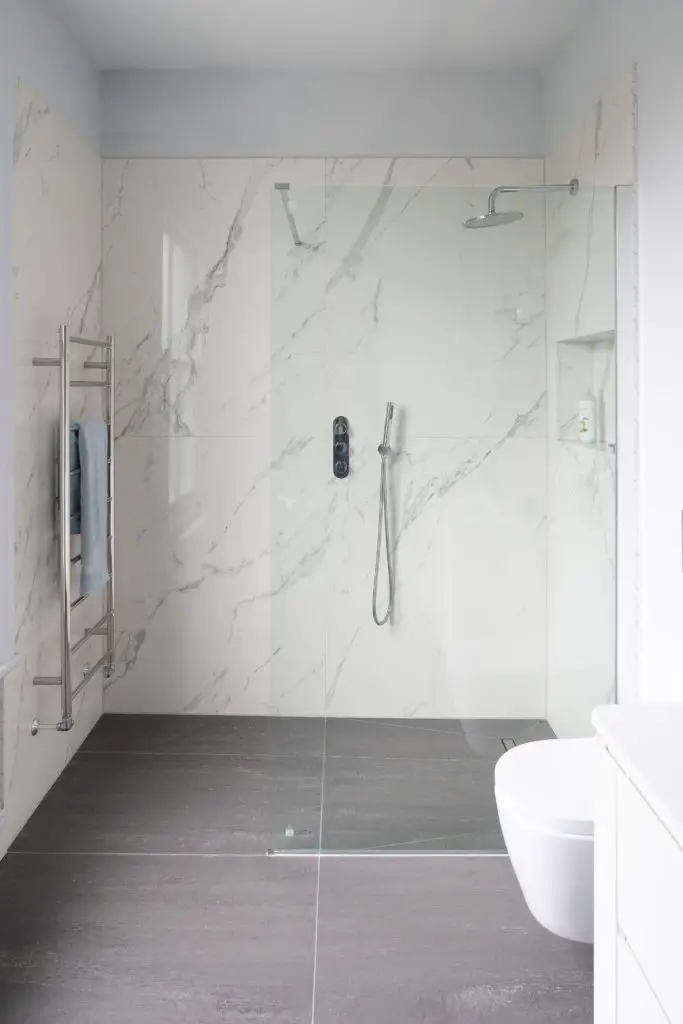
Pour the Mixture Into a Spray Bottle
Pour the baking soda paste into a spray bottle, then shake well before using it on the affected area. Spray it on the moldy area of your shower silicone and cover it with a plastic wrap. Let the paste sit for 5 minutes or so until the mold has softened up enough to scrub it off easily with a scrub brush.
-
Scrub the Affected Region Using an Old Toothbrush
Use a stiff-bristled brush to help scrub off any black mold-affected areas that are hard to reach. This will get rid of any loose mold spores and other dirt that may be stuck in the silicone sealant or on the shower tile.
-
Wipe With a Paper Towel and Rinse Any Mold Spores Residue
Wet a paper towel with warm water or use a damp rag to wipe down all areas you cleaned with your stiff-bristled brush. This will help remove any remaining residue, so it doesn’t spread further into other areas of your home or apartment.
Repeat this step if you notice new mold spores after wiping down silicone caulking with a wet paper towel until no more growth occurs.
-
Dry Off Well When Done Cleaning
After wiping it off, dry your shower walls well with a clean towel or rag, so no moisture remains on them. This will get rid of all mold residues.
Is the Black Mold in My Shower Toxic?
Black mold can be very toxic and irritating to your eyes and lungs. Furthermore, it is dangerous for anyone allergic to mold or asthma. You’ll find it on wet ceiling tiles, walls, carpeting, wood beams, and shower cubicles.
You may be able to see black mold growing on a surface when it forms visible patches or spots.
However, if you can’t see the black mold with your naked eye, there’s still a chance it could be present in your home or business. A black-light inspection can help detect hidden areas of growth where these spores may reside undetected for years until they reach an acceptable size for detection by the naked eye.
Ways to Prevent Black Mold From Your Bathroom
Bathrooms are the most humid places in your home. They contain a lot of water and moisture, which is why they’re the perfect environment for mold to grow. These molds are dangerous because they release toxic mold spores that can lead to respiratory problems.
A perfect way to prevent mold from growing in your bathroom’s silicone sealant is to use the following methods;
-
Keep Your Shower Clean
Bathrooms can get dirty quickly, especially if used often by everyone in the home. When dirty, they are more likely to become infested with black mold and other fungi.
You should clean mold-prone areas and the entire bathroom more frequently if your objective is killing mold completely. Hence, dirt or dust won’t settle onto surfaces where it can start growing.
-
Use a Dehumidifier
A dehumidifier will help you keep your bathroom dry during the summer when humidity levels are high.
The device takes moisture out by condensing it into the water and collecting it in a reservoir at the bottom of the unit.
Hence, getting rid of mold.
You should empty the reservoir periodically or risk an overflow that may damage your home’s plumbing system.
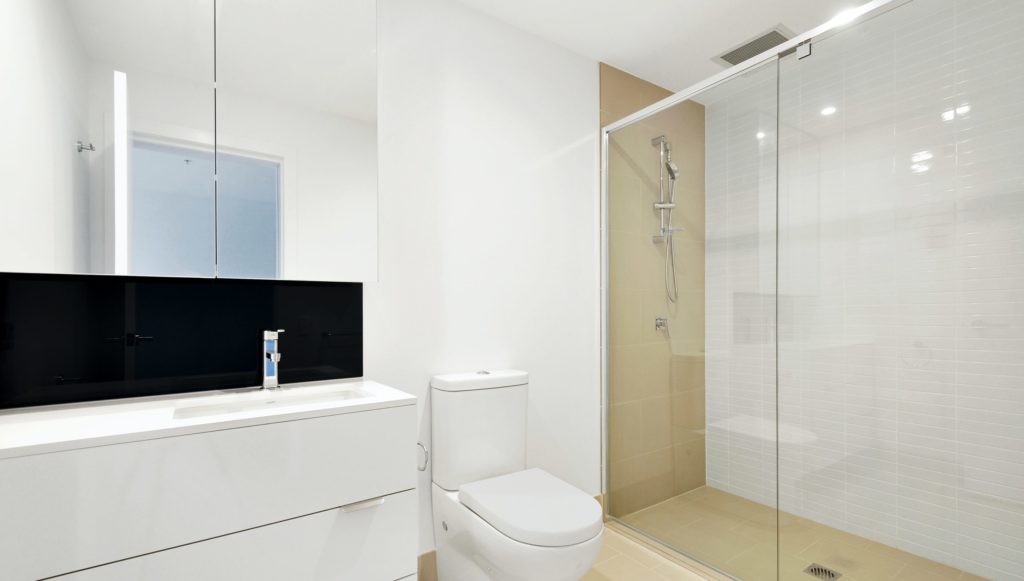
-
Spray Vinegar
Vinegar is among the natural disinfectants that kill germs and prevent mold growth. You can simply spray vinegar on hard-to-clean surfaces like shower walls and floors or above the bathtub to remove soap scum and mildew. The acidic nature of vinegar prevents black mold from growing.
Therefore, it will help keep it from spreading throughout your bathroom. If there is already some black mold present, spraying vinegar will help kill it off.
-
Activate the Exhaust Fan During /After Bath
Exhaust fans are not only for heating systems but also for ventilation systems in bathrooms. They work by sucking the air out of a room through a vent pipe leading or into another room with open windows or doors. This prevents any damp conditions.
When you shower or bath, ensure you leave the door open when not in use. This means warm moisture will not build up inside your bathroom, causing more humidity, which is ideal for the growth of black mold.
-
Ventilate Your Bathroom
Proper ventilation is a great way to prevent black mold from growing in your bathroom. You should open windows or doors for a few hours whenever possible to have adequate air circulation inside the room. Moreover, it will allow natural light in, and this helps keep lingering moisture levels low, preventing mold breeding ground on surfaces.
Conclusion
When confronted with a mold infestation on bathroom surfaces, take action before it worsens. You can remove mold from the inside of your shower by simply wiping all surfaces down with a white vinegar solution/ hydrogen peroxide/bleach and baking soda paste. Ensure you rinse thoroughly once you finish.
The method is especially helpful for hard-to-reach places or for corners where mold loves so much.
